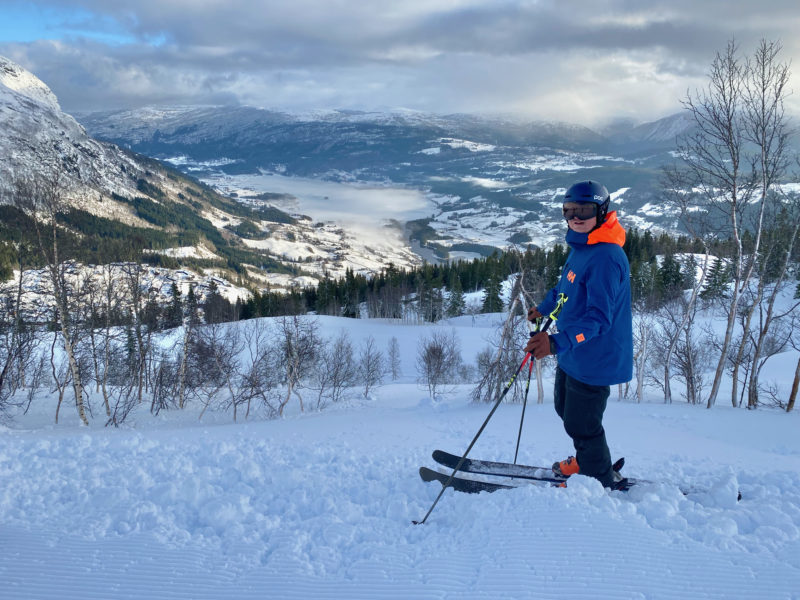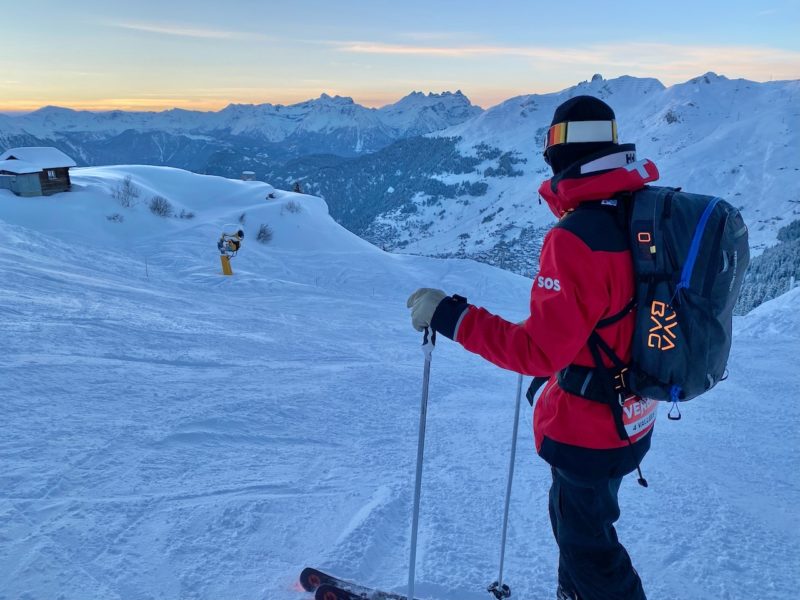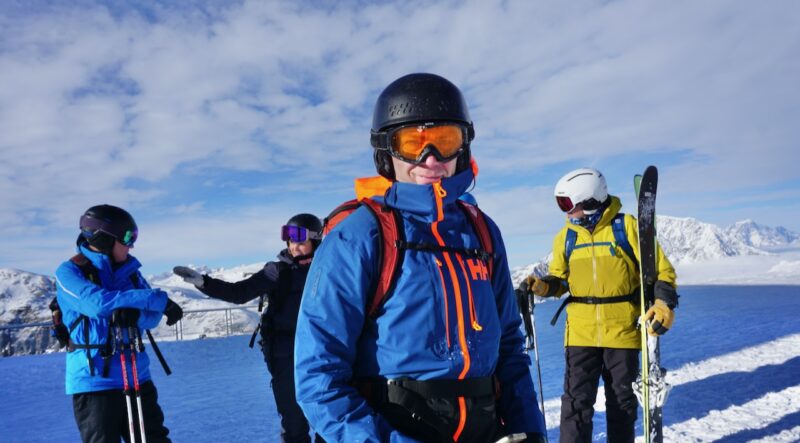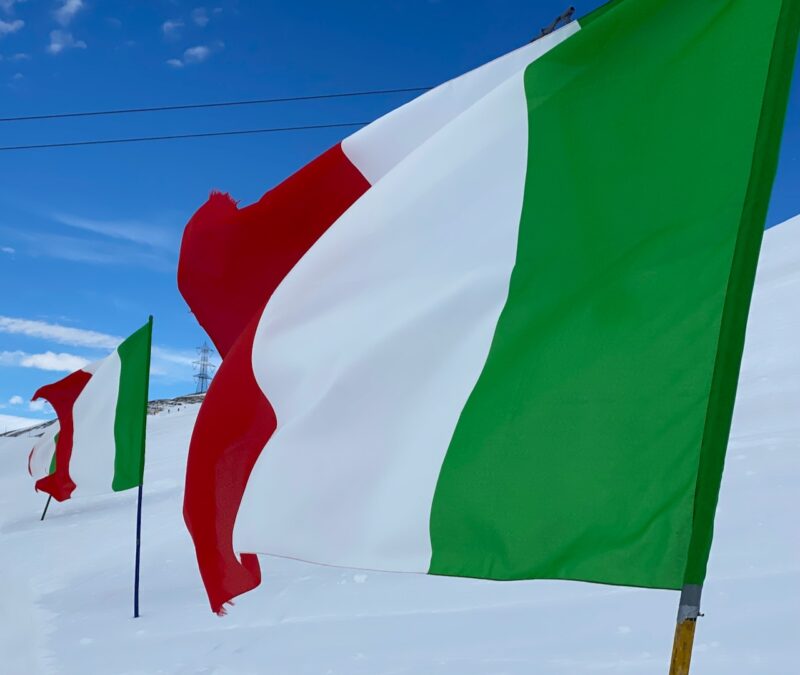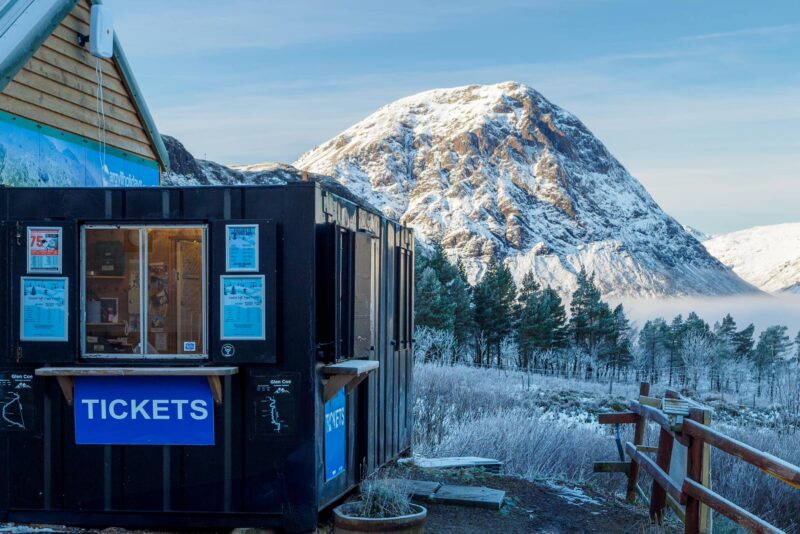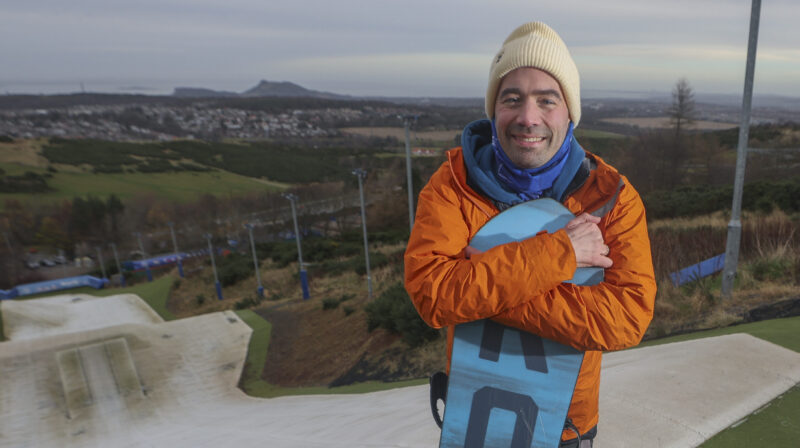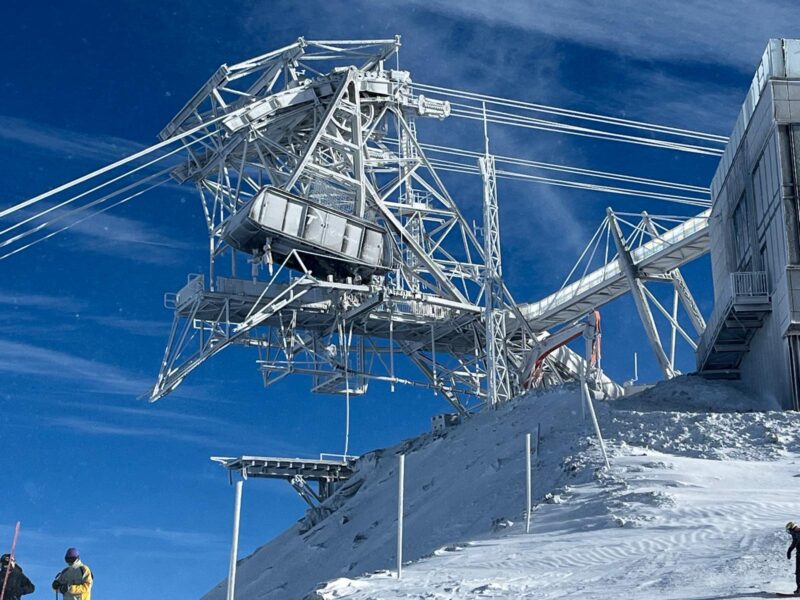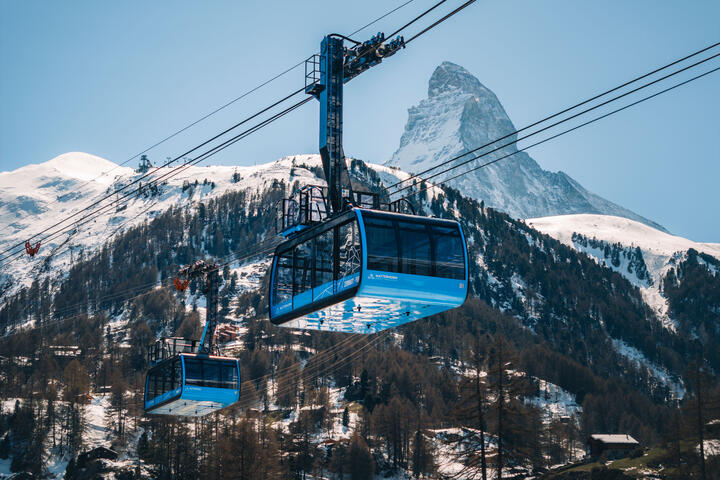First Ski Resorts in the Alps Open
18th September 2024
Last modified on September 21st, 2024
Stubai and Soelden in Austria opened on Friday following the recent heavy snow. A handful of glacier resorts have been partially open across the summer, but they are the first winter-only resorts to open some slopes. UPDATED
Some eastern parts of the Alps in the past week saw the biggest September snowfalls in living memory.
They were unprecedented in places.
At altitude there was well over 2m, with snow down to 700m in other parts.
It has made a difference to the glacier ski areas in Austria that are already open and the ones opening shortly.
Stubai opened on Friday 20th September.
View this post on Instagram
There was also skiing on offer in Soelden.
View this post on Instagram
“The higher parts of the central and eastern Austrian Alps (e.g. Dachstein glacier, Kitzsteinhorn glacier, Obertauern) have seen 1.5m to 2m of snow in the last few days, with perhaps close to 2.5m in some favoured spots like the Höhe Tauern, though in most cases this snow has been very wind-blown and therefore difficult to measure,” said the alpine weather expert, Fraser Wilkin, from weathertoski.co.uk
There was some skiing in Austria after the recent snow.
The Austrian ski area of Hochkonig near Salzburg decided to seize the moment and opened one of its lifts.
The Arthurhaus T-bar ferried hundreds of skiers and snowboarders up the hill to make their first turns of the approaching season.
It was a gentle run but no matter, people were sliding down the slope making their first turns of the approaching season.
A foretaste of what’s to come.
The area is hoping to keep the lift running until the weekend.
Auf dem Hochkeil bei Mühlbach am Hochkönig im Salzburger Pongau wurde ein Schlepplift bereits Mitte September in Betrieb genommen. Das Interesse war enorm – rund 300 Skifahrer und Snowboarder stürmten die Pisten.#hochkoenig #schnee #skifahren #snowboardenhttps://t.co/0K9VtOzrfo
— Leogang.rocks (@friedleleogang) September 16, 2024
Many people are hiking up to enjoy the September snow, but it has come with tragedy and people are urged to be cautious by the authorities.
A 54-year-old backcountry skier from Slovenia died in Obertauren in Austria.
The area has seen some of the largest amounts of snow.
His disappearance triggered a search operation.
“The conditions were very bad. There was a lot of fresh snow with wind, and there was poor visibility with a high avalanche risk,” said the emergency services of Obertauern.
There are no indications of an avalanche, and it is believed that the 54-year-old man fell during a climb.
An avalanche struck in Hüttschlag in the state of Salzburg on Tuesday.
One person died and two others with minor injuries, according to the Salzburg Mountain Rescue Service.
The deceased was a 56-year-old German woman
The accident happened at around 1,300m.
The three were in a group of six on a hiking trail.
According to the mountain rescue service, there is an increased risk of avalanches in the high Alps due to the recent snowfall.
The snow is only very poorly bonded to the ground due to the heat phase of the summer that prevailed until recently.
The rising temperatures can trigger sliding snowfalls.
“Some of the fresh snow has been blown away by the wind,” said the Provincial Director of the Salzburg Mountain Rescue Service, Balthasar Laireiter.
“It has no binding on the ground and the wind has caused a lot of snow to be blown around.
“We therefore advise caution and restraint.”
Although much of the snow will melt it has got us skiers and snowboarders in the mood for winter with huge interest in the snowfalls.
Here at PlanetSKI we have had well over 40,000 pages of our web site viewed since last weekend as the storm hit and we have reported on it .
43, 146 page views to be precise.
“It’s normal for bookings to pick up when summer holidays end and kids are back to school, but the snowstorm seems to have got the entire skiing nation planning their first trip this winter,” said Richard Sinclair of ski holiday specialist sno.co.uk.
“Website traffic leapt by over 100% during the last week with enquiries and bookings following suit.”
A handful of glaciers areas will open in the next few weeks and the new snow will have boosted conditions.
Pitztal is planning to open its glacier area a week later on September 28th.
Kaunertal hopes to follow the next week on October 4th.
The weather in Kaunertal has now cleared and the resort reports that 30cm has fallen in the storm.
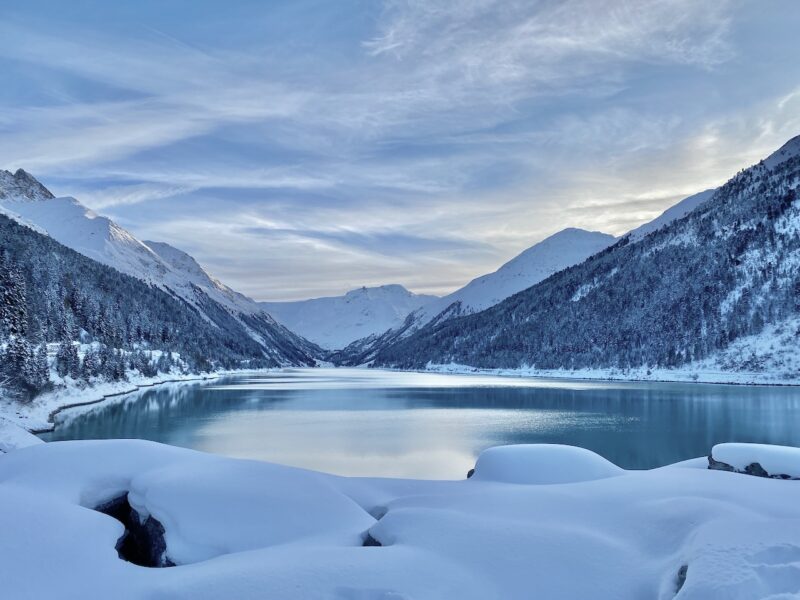
Kaunertal, Tirol, Austria. Image © PlanetSKI
On PlanetSKI we reported on the snow as it started to fall and have been updating over the past few days.
See these articles as we tracked the storm’s progress on PlanetSKI:
- Huge amounts of autumn snow falling in the Alps
- Austrian Alps hammered by huge autumn snowfall
- Heavy September snow hits the eastern Alps
The storm has brought avalanches, transport problems and flooding across the Alps, Austria and into Central Europe as we have reported in this related article into the impact of Storm Boris:
So, what caused the huge September snowstorm?
It was caused by cold polar air from the north interacting with a very warm Mediterranean sea to the south.
It was so severe for two reasons:
- The position of the storm has pulled in colder air from the north to mix with moisture drawn up from the unusually warm waters of the Mediterranean and the Black Sea.
- The low pressure has been slow moving and has been stuck in a blocked weather pattern, meaning the storm is trapped between high pressure to the west and the east.
Here at PlanetSKI we’ll be reporting on the glacier resorts that are opening over the next few weeks as winter approaches.
We’ll also keep you posted on the weather.
The storm has also brought huge disruption and suffering across parts of central Europe that we have posted about here:




